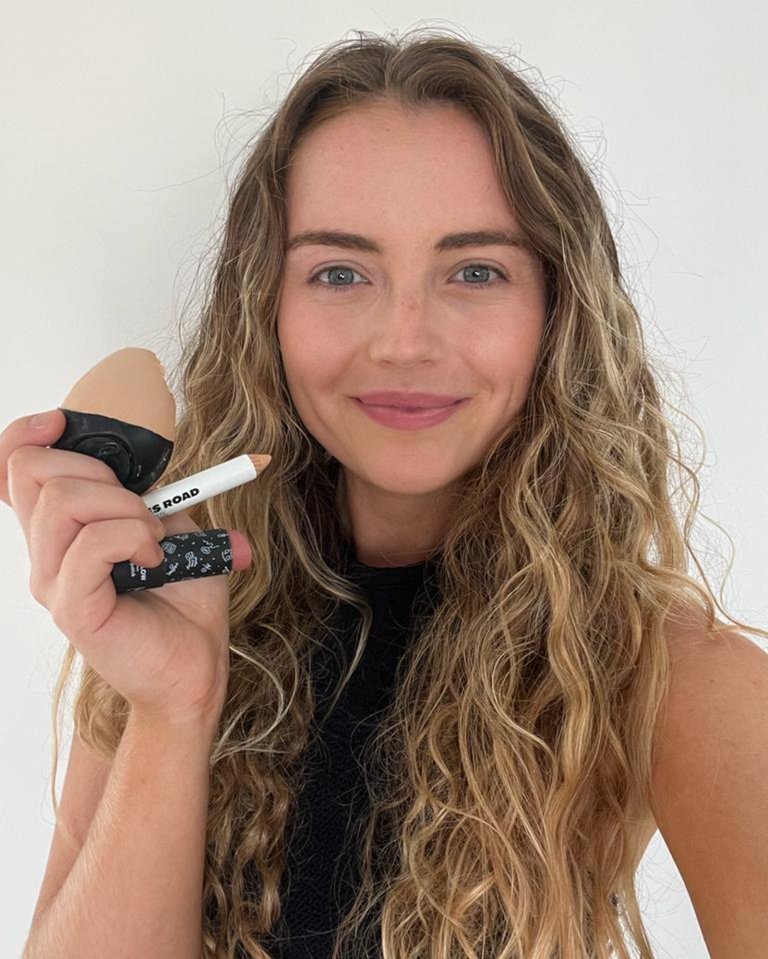I kick myself for forgetting a bag for life at the supermarket – walking out of the shop with a Jenga-like pile of groceries in my arms – will opt for a canned drink over a plastic one if my re-usable water bottle has (yet again) been left on the kitchen counter, meticulously separate the recycling into bags, and yet, when it comes to beauty products, I rarely give a thought to toothpaste tubes, shampoo bottles and cleanser tubs tossed in the bin.
That is, until the time came when I challenged myself to have a fully plastic-free beauty routine for two weeks.
Sound easy? I thought so too. Before removing dozens of plastic-housed products in the bathroom cabinet left me with just two products: Face Halo pads and a lip balm.
Staring at the measly remnants was a stark reminder of how the global sustainability push seems to have sidestepped the beauty industry in so many ways.
Despite a rise in ‘natural ingredients,’ ‘clean beauty’ and refillable lipsticks, the Plastic Pollution Coalition states that the “personal care and beauty industry produces more than 120 billion units of packaging every year globally.”
Of this mind-boggling amount, only 14% makes it to a recycling plant, of which only 9% is recycled, and the rest (plus the majority that just got tossed) is mainly single-use plastic which can take up 450 years to break down in landfill, according to the British Beauty Council, turning into microplastics (yes, the type you see in the stomachs of marine life).
Clearly, there’s a massive issue at hand. While we can sit back and point fingers at the giant corporations wreaking the most environmental damage (and rightly so), any small step in the right direction is exactly that: a movement towards a more positive outcome.
To put it into perspective, Garnier found that the average UK household uses a whopping 216 plastic haircare bottles every year, while wet wipes contribute to 93% of sewer blockages in the UK.
But, before you start spiralling into a plastic-induced panic, there are a few things worth knowing first.
Why does going plastic-free help?
“Single-use plastics are the primary source of plastic pollution on the planet,” state the Plastic Pollution Coalition. But our growing plastic problem is not new news. By now, we’ve probably all seen the sea filled with miles of the stuff, turtles tangled in discarded fishing nets and riverbanks busting with bottles.
Although, not using plastic isn’t the only answer to our sustainable living solution. As The Body Shop stresses, an abundant amount of plastic already exists, so while using less plastic is certainly preferable, there can be ways to be more responsible with it, harking back to the reduce, reuse, recycle mindset. After all, the only way to create zero waste is by eliminating the product entirely.
The good news is that many brands are committing to 100% recyclable packaging by 2025 in line with the UK Plastics Pact, as well as developing their own initiatives, such as We Are Paradoxx’s aluminium focus, Lush’s naked stores, Garnier’s TerraCycle programme and The Body Shop’s Plastic for Change.
So, what actually is plastic-free beauty?
Plastic can be found in many parts of a beauty product’s packaging, from the outer wrap on perfume to the lid of a deodorant, moisturiser tub or spray nozzle. To be fully plastic-free, the British Beauty Council states that the product must not contain fossil fuel plastic – which the majority of plastic is.
Other types of plastics, such as bioplastics (made from sugars or microorganisms), are available and can now be found in a whole host of products, from packaging to straws.
However, this isn’t exactly the catch-all resolution you may at first think it is, as some studies have actually discovered it can be worse than traditional plastic when it comes to pollutants, in terms of creation and recycling post-use.
How easy is it to get a plastic-free beauty routine?
As a beauty writer, beauty lover and self-confessed product hoarder, this two-week challenge was no easy feat.
For anyone simply looking for a toothbrush, toothpaste, face wash, and body wash, you’ll be laughing.
But for those looking for vitamin C serums, curl creams, shaving oils and more, you – like me – will be racking up a serious amount of time and money to make the switch. It’s a process you’re best off approaching gradually, slotting plastic-free products into your routine as and when your current ones run out.
You will likely also encounter roadblocks. For example, the bar product alternatives around seem like an amazing idea until you have half a dozen sat getting soggy in the shower, unsure whether you’re washing your hair with a face wash, body wash or conditioner.

But, melodramatic moaning aside, it’s not all doom and gloom as some swaps were actually incredibly easy and dare I say it even more practical than my usual routine.
Toothpaste tablets, the product I dreaded the most, instantly became a new favourite, ridding the need to coax sticky product out of the tube.
A bog-standard bar of soap was nothing revolutionary and yet cleaned my hands and body daily just as well as any body wash would.
My new razor looked much sleeker than any pink plastic one I’d used in the past and delivered the same result, and the curl cream styled my locks better than the majority of other products I’ve tried before.
Face wash bars took a little bit more getting used to but can handily be cut into small sections when travelling, body and face moisturisers felt more luxurious to scoop out of glass jars, and even a balm of deodorant was easy enough to get on board with after a couple of days of ditching the spray.
In fact, once finding the right products, the process was actually quite enjoyable and surprisingly not too much of an adjustment from my everyday routine. It’s impossible to avoid plastic completely however, so don’t beat yourself up too much if that glass jar does actually have a small plastic lid or there is a plastic pump in the aluminium shampoo bottle.
The hardest part to swap? Makeup. Although brands such as Lush, Axiology, The Body Shop and Ethique are pursuing plastic-free products really well, it’s incredibly hard to find a foundation or lipstick on par with your favourite.
The plastic-free (or minimal plastic) products I used in my trial:
Browse everything I used below.
Skincare:
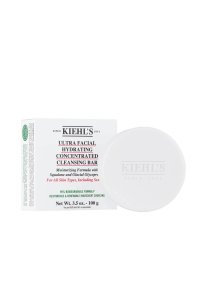

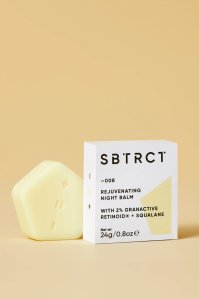
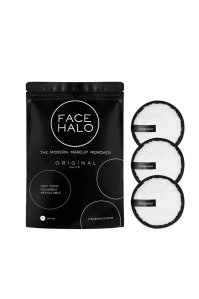
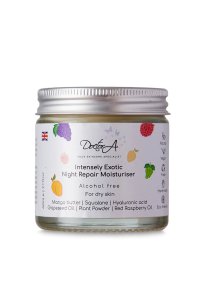
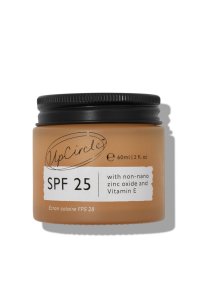
*Eliza may earn commission on sales from these product links
Bodycare:
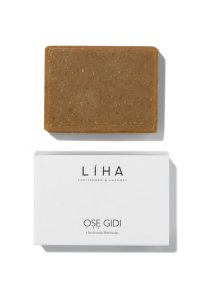
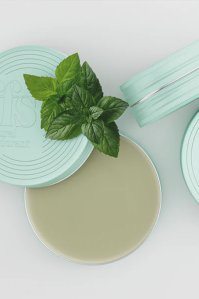
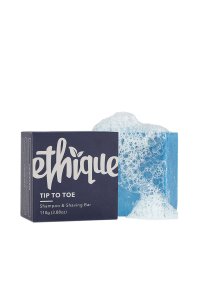
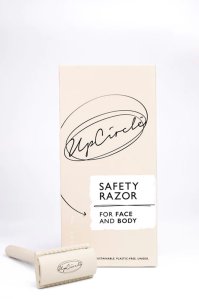
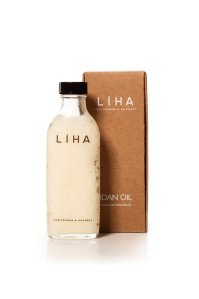
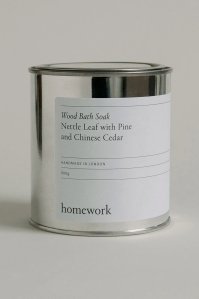
*Eliza may earn commission on sales from these product links
Haircare:
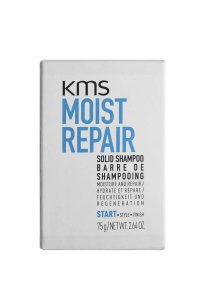
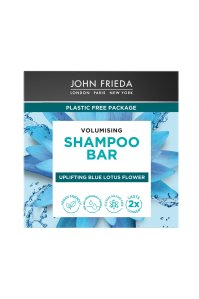
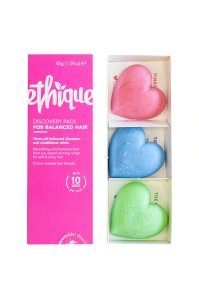

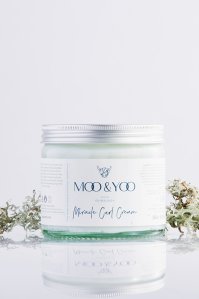
*Eliza may earn commission on sales from these product links
Makeup:
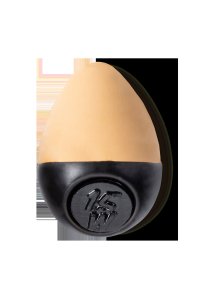
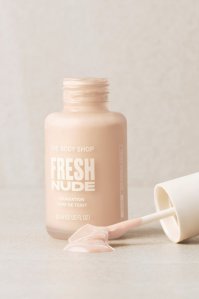

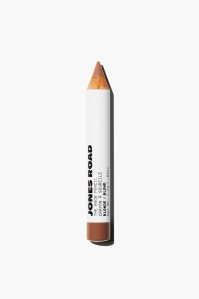
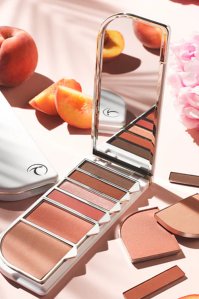
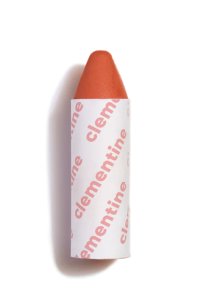

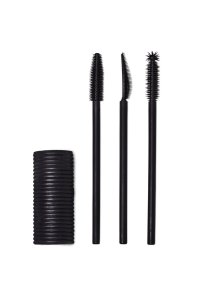
*Eliza may earn commission on sales from these product links
Oral care:
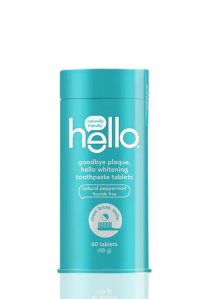
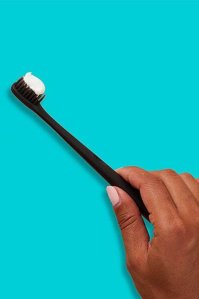
*Eliza may earn commission on sales from these product links
Going forward after my experiment, I’ll certainly be more mindful of my own plastic products going forward, and will be reducing them where possible in favour of some of these new finds.
However, it’s important to note that sometimes plastic is hard to part with, and when that’s the case, we have to try as much as possible to give it a second lease of life rather than allowing it to end up in landfill.
